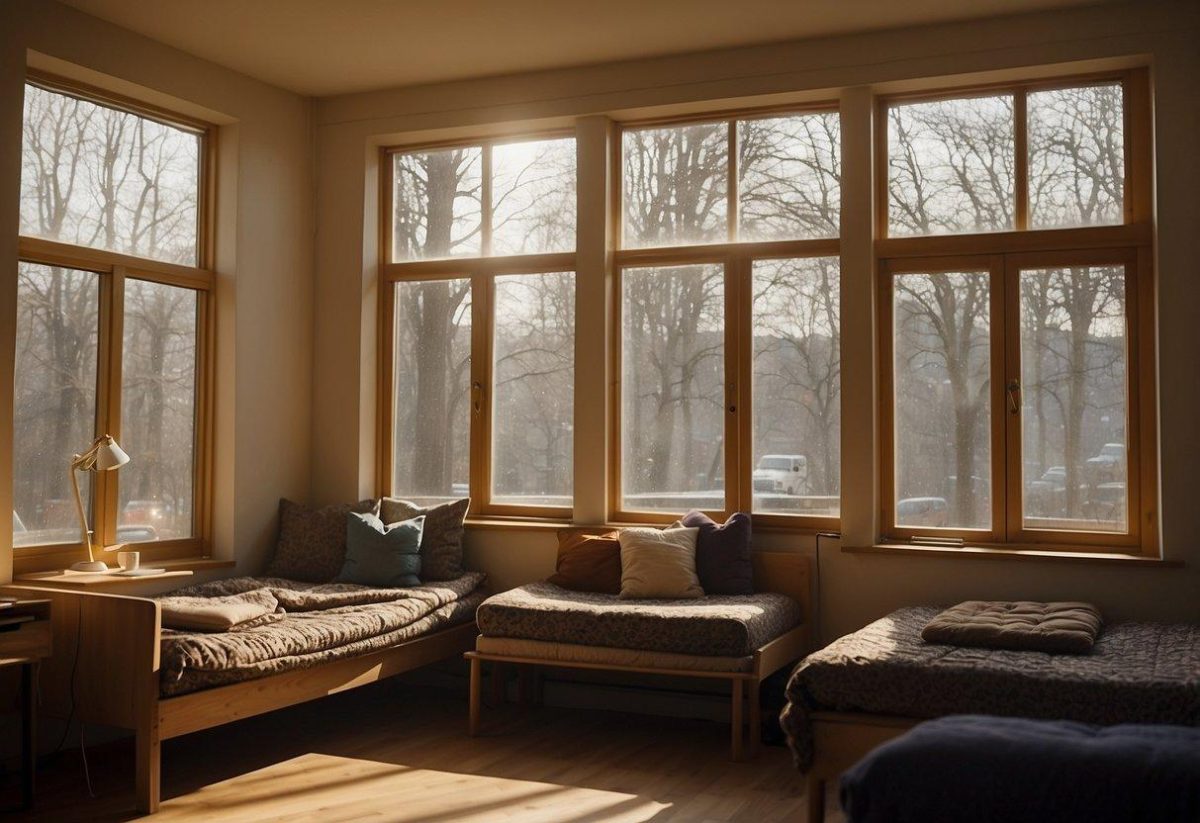University housing is set to undergo a significant improvement with the replacement of old windows. This upgrade not only promises better comfort for students but also aims to enhance energy efficiency across campus. Replacing these outdated windows can dramatically reduce energy costs and create a more comfortable living environment for students.
Enhanced window technology can help regulate indoor temperatures more effectively. This means that students can expect warmer rooms in the winter and cooler spaces in the summer. Beyond comfort, energy-efficient windows contribute to sustainability efforts by lowering the carbon footprint of university housing.
Additionally, the new windows will offer better sound insulation, providing a quieter, more peaceful environment for studying and relaxation. Investing in such improvements demonstrates the university’s commitment to student welfare and sustainability.
The Case for Energy-Efficient Window Replacement
Replacing windows with energy-efficient alternatives significantly reduces heat loss and gains, improving students’ comfort and reducing energy costs. These windows enhance the living environment and contribute to sustainability initiatives.
Understanding Heat Loss and Gain Through Windows
Windows play a crucial role in heat transfer within buildings. Heat loss occurs when warm air escapes through the glass and frames, increasing heating costs in colder months. Conversely, heat gain happens when outside heat enters during warmer months, leading to higher cooling expenses.
Both processes make maintaining a consistent indoor temperature challenging. Thermal performance is impacted by factors like glazing quality, seals, and frame materials. Enhanced insulation properties in modern windows help mitigate these issues.
Benefits of High-Performance Windows for University Housing
High-performance windows offer multiple advantages, which you can learn more about at https://pinnaclehomeimprovements.com/tennessee/nashville/replacement-windows/. They reduce energy consumption, resulting in significant cost savings on utility bills. Improved insulation leads to a more consistent indoor climate, enhancing overall student comfort.
Moreover, these windows often feature noise reduction properties, creating a quieter living environment, essential in busy campus settings. The use of sustainable materials in high-performance windows aligns with universities’ green initiatives, promoting an eco-friendly campus culture.
Such windows provide UV protection, reducing the risk of interior fading and extending the lifespan of furnishings. This investment benefits both the university and its students, making high-performance windows a valuable addition to university housing.
Implementing Window Replacement in Student Housing
Upgrading windows in university housing involves selecting the right technology, carefully planning the replacement process, and ensuring all changes meet building codes and standards.
Selection of Energy-Efficient Window Technologies
Choosing the right energy-efficient windows is crucial. Double-glazed windows with low-emissivity (Low-E) coatings are often favored. These windows help reduce heat transfer, keeping rooms warmer in winter and cooler in summer.
Vinyl and fiberglass frames are typically chosen because of their durability and low maintenance. Additionally, windows with gas fills, such as argon or krypton, enhance insulation and energy efficiency.
Proper selection can lead to significant energy savings and improved comfort for students.
Planning and Execution of the Replacement Process
The replacement process should be carefully planned to minimize disruption. First, a thorough assessment of the existing windows is necessary to determine the specific needs and challenges.
Coordinating with window manufacturers and contractors is vital to ensure timely delivery and installation. A phased approach may be adopted to replace windows floor-by-floor or building-by-building, reducing inconvenience for students. Transparent communication with residents regarding schedules and expected noise levels can also aid in smooth execution.
Ensuring Compliance with Building Codes and Standards
Compliance with building codes and standards is non-negotiable. It’s essential to ensure that the new windows meet local and national energy efficiency standards.
Inspections before, during, and after the installation can verify compliance. Contractors should be familiar with these regulations and possess the necessary certifications.
Quality assurance measures, such as checking for proper sealing and insulation, are vital for achieving the desired energy efficiency and longevity of the windows.



